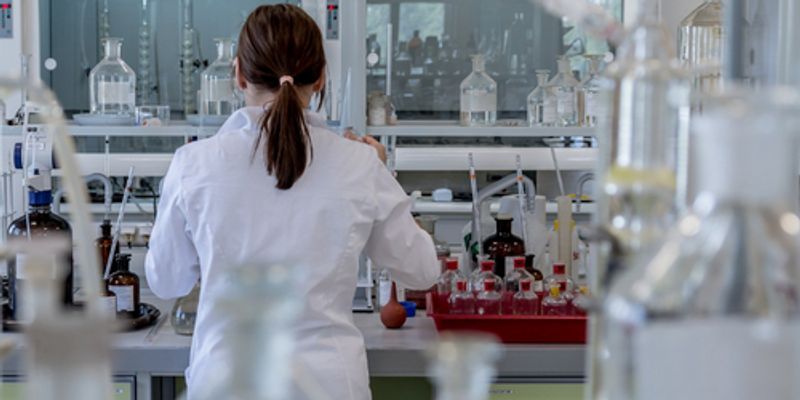MAY 28, 2014 | 10:30 AM
Guidelines for physicians treating pain patients with chronic opioid therapy recommend the patients be monitored for the presence of their prescribed medications. In addition, it is often rec...
MAR 20, 2014 | 10:00 AM
Neuroimaging plays a large role in our pursuit of the understanding of behavior and cognition in health and disease. The past decade has seen the emergence of a wealth of resources that suppo...
MAR 20, 2014 | 9:00 AM
The Brain Research through Advancing Innovative Neurotechnologies (BRAIN) Initiative is part of a new Presidential focus aimed at revolutionizing our understanding of the human brain. By acce...
MAR 19, 2014 | 8:00 AM
The Brain Research through Advancing Innovative Neurotechnologies (BRAIN) Initiative is part of a new Presidential focus aimed at revolutionizing our understanding of the human brain. By...
MAR 19, 2014 | 7:00 AM
Multiple Sclerosis (MS) is an autoimmune disease that leads to widespread pathology within the central nervous system (CNS) and is the most common cause of neurologic disability among young a...
The rise of zebrafish as a research model has been dramatic. Given the global nature of the work, the rise in shipping zebrafish as a laboratory species has been sharp. Up until this point th...
The proper surgical techniques represent a key opportunity to improve the welfare of laboratory rodents, while meeting legal and ethical obligations. Use of inappropriate or poor surgical tec...






















